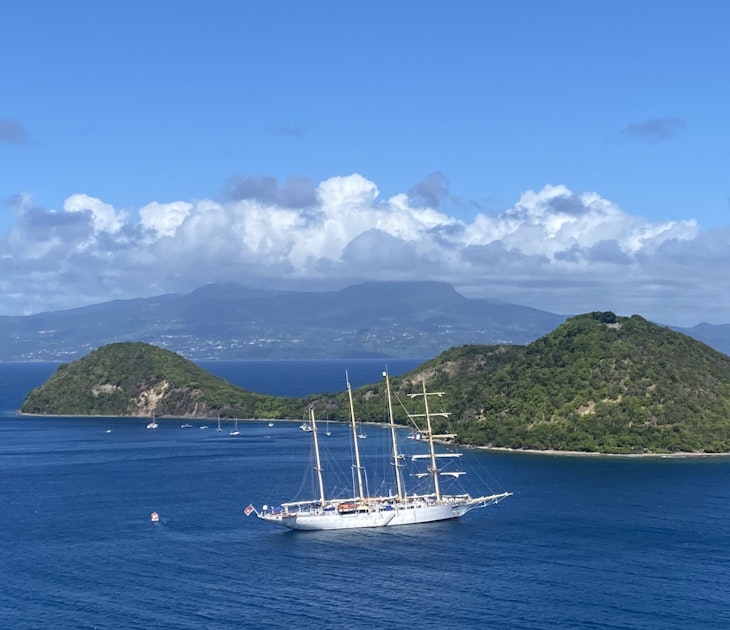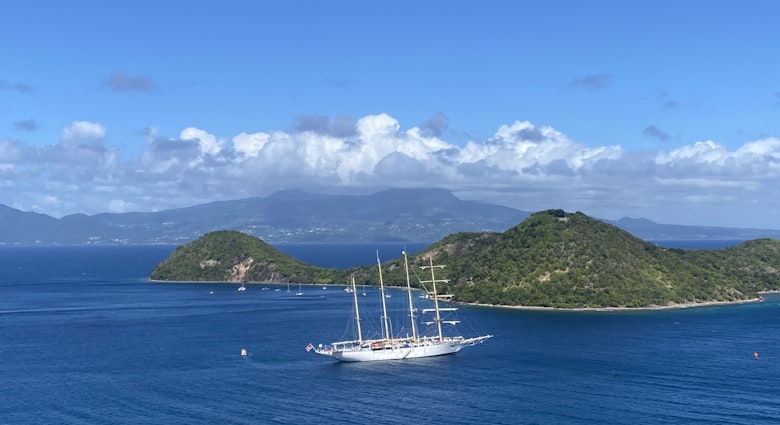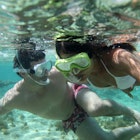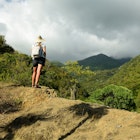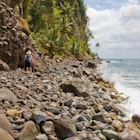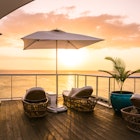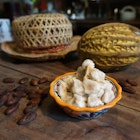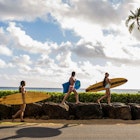Eschewing white powdery beaches and rum-fueled pool parties for dense tropical forests and hidden waterfalls, Dominica is nicknamed ‘nature island’ for a reason, luring largely ecoadventurers with its Boiling Lake, Champagne Reef, rainforest-shrouded volcano and other eccentric natural wonders. But those who need a break from the trail or the water will find plenty of ways to plug into the island’s captivating history and contemporary culture.

Heritage: Connecting with the past in Kalinago Territory
Mountainous Dominica, which lies halfway between Guadaloupe and Martinique, has a lengthy and fascinating heritage. An indigenous group called the Kalinago first settled there long before Columbus set eyes on the island in 1493, naming their homeland Wai’tukubuli (meaning ‘tall is her body’). When he arrived hundreds of years later, Columbus decided, somewhat unimaginatively, to name the island after the Latin word for the last day of the week, since it happened to be a Sunday. Owing to the Kalinago’s fierce resistance, however, Dominica was the last Caribbean island to be colonized – by the British – in 1763.
Dominica is still home to about 3000 Kalinago, the last remaining pre-Columbian people in the Eastern Caribbean; they reside on the Kalinago Territory, a 3700-acre expanse along the eastern coast between Bataca and Sineku that was established in 1903. The best way to truly connect with the Kalinago is by booking a home stay with a local family, where you'll get the chance to learn about ancient and modern traditions, herbal remedies, culinary treats and local crafts.
If you’re just passing through, swing by the tourist-oriented Kalinago Barana Aute, a cultural center and museum village. A trail loops past small huts (ajoupas) where locals sometimes hold demonstrations for basket-weaving, calabash-carving, cassava baking and canoe building. The ajoupas orbit a larger communal building called karbet, which is used for song and dance performances. Walk further down the trail and you'll arrive at the Isulukati Waterfall, an impressive cascade that tumbles down the countryside and into the sea.
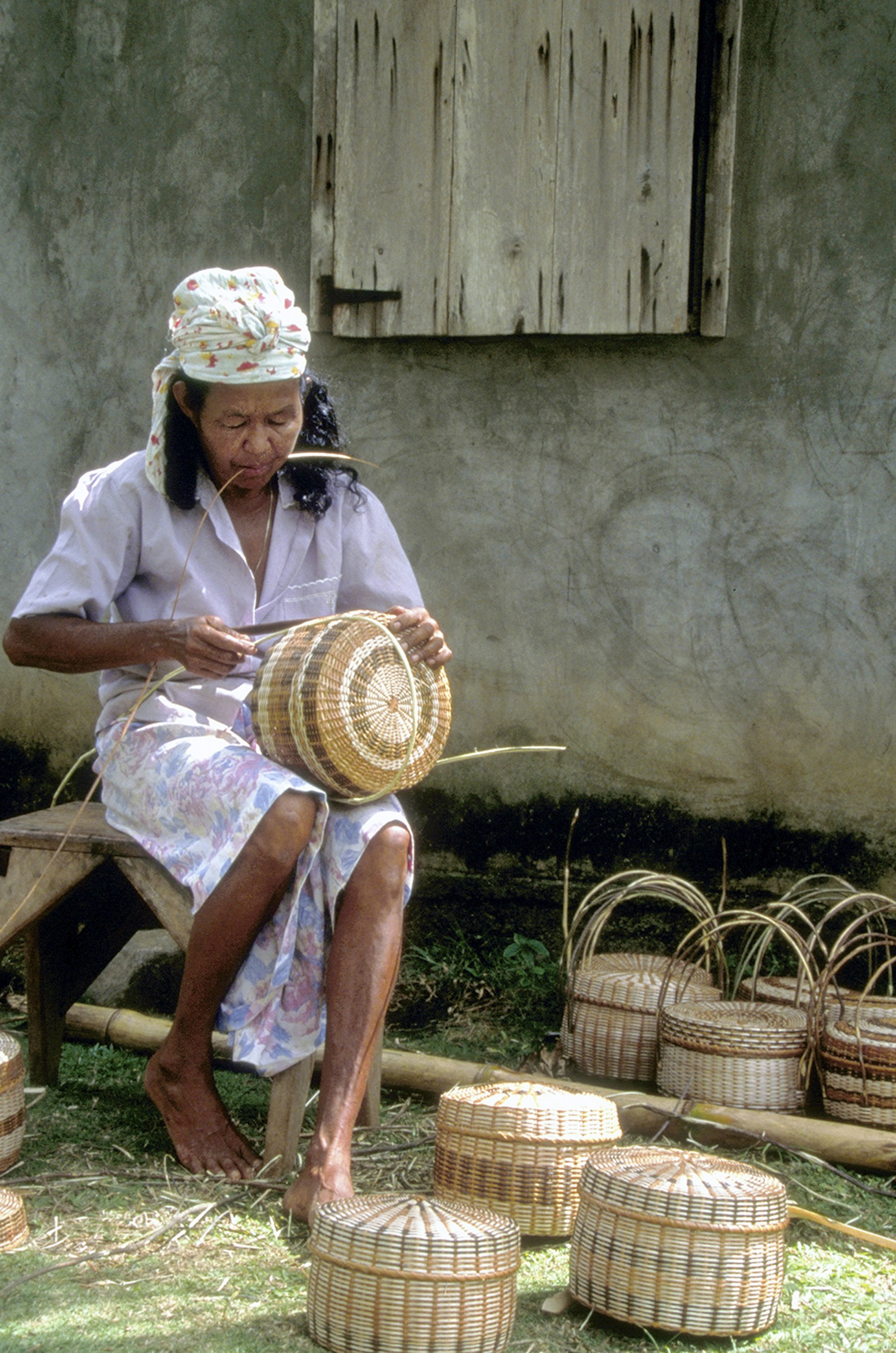
Music: Feeling the beat at the World Creole Music Festival
For three days in late October, Roseau gets swept up in the head-spinning, feet-stomping beats of zouk, compa, soca, bouyon, afro beat, calypso and reggae during the annual World Creole Music Festival. Created in 1997, it’s the region’s only festival pulsating exclusively to a French-Caribbean beat. Previous festival lineupss have included such international hot shots as Kassav, Wyclef Jean, Third World and Tito Puente Jr alongside local luminaries like Gordon Henderson, who’s credited with revolutionizing Caribbean music back in the 1970s. The party kicks off in the daytime, with bands, food and exuberant dancing and singing taking over the narrow streets of downtown Roseau before the lucky ticketholders boogie on down to Windsor Park Sports Stadium. An opening drumming and dance spectacle whips the audience into a frenzy even before the first headliner hits the stage. Day 2? Repeat. Day 3? Repeat. Then rest.
Arts: Discovering Dominica’s soul in its galleries
Dominica has a small but thriving contemporary arts scene with several galleries located right in Roseau. On Independence St you’ll find Art Asylum, the space of Earl Etienne, the country’s most prominent artist. His boldly pigmented canvasses reflect themes rooted in local traditions, culture and landscapes and often show off his trademark technique called bouzaille, a method that utilizes carbon flame to apply forms to the canvas. Ellingworth Moses, another Dominican artist, keeps a gallery on Hillsborough St; while his early work focused on nature and the interplay of light, he now seeks to capture the universality of the human experience through an abstract approach, often using thread to express the connection between humans and the environment.
North of Roseau, stop in Canefield to check out the latest showing at the gallery of the Old Mill Cultural Center, a community arts center and home base of the Dominica Cultural Division. Just inland from here, off Imperial Rd, is the Antrim Valley Sculpture Studio of Roger Burnett, a Brit who traded his engineering job for a life as a sculptor and watercolorist 50 years ago, decamping to the Caribbean in the 1970s. Call ahead for a tour of his studio and dreamy tropical gardens, and maybe even to enjoy a homemade lunch cooked by his wife, Denise.

History: Reliving Dominica’s military history at Fort Shirley
Dominica’s most important historic site is the partly restored Fort Shirley, an 18th-century garrison built to aid 600 British soldiers in staving off naval attacks on Dominica. Perched on a strategic headland about 50km north of Roseau, it has been part of Cabrits National Park since 1986. In 1802, African slave soldiers mutinied against the 8th West India Regiment, an uprising that led to the emancipation of all slave soldiers in the British Empire five years later. Abandoned in 1854, the garrison buildings were gradually swallowed by the jungle until local historian Dr. Lennox Honychurch launched a gargantuan restoration effort in 1982. Today, trails thread through thick tropical woods past the restored officers’ quarters, soldiers’ barracks, the powder magazine and the ramparts. En route, you can look out over Prince Rupert Bay, where the British navy defeated the French fleet in the 1792 Battle of the Saints in one of the most important naval battles in Caribbean history.
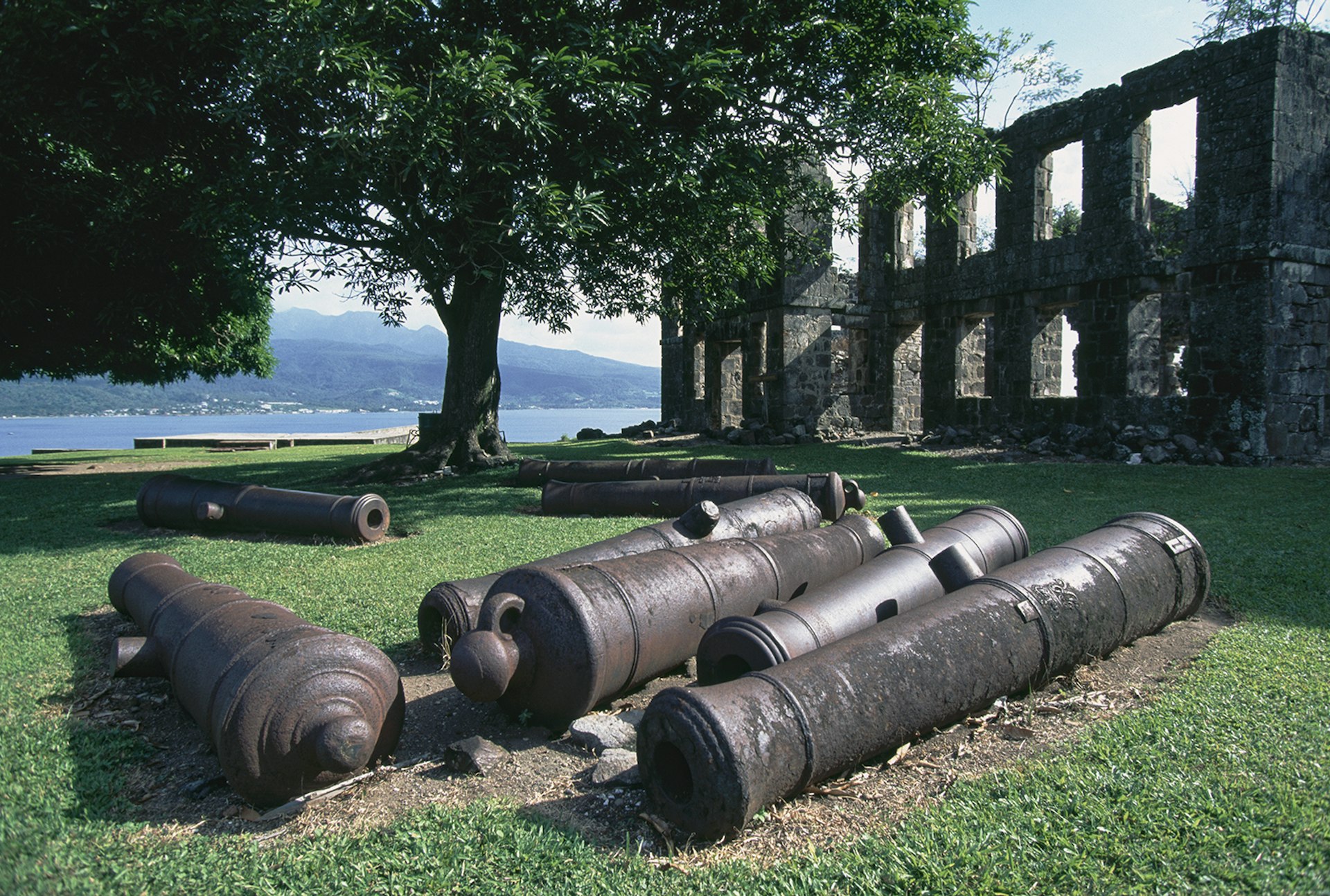
Drinks: Feeling your spirits soar with Macoucherie Rum
Long before craft beverages became all the rage, there was Macoucherie rum, a small-batch, top-flight Dominican brand. The potent potion has been produced for over 50 years at the Shillingford Estates (aka Macoucherie Estate), a tiny distillery on the west coast. During tours of the compound you’ll learn that the company grows its own sugar and still uses a traditional water-powered mill for crushing the cane, a process as authentic and old-school as it gets; book ahead, as this tour’s a popular one.
Be sure to sample the estate’s four types of rum: the sugarcane-based white rum, dark rum and spicy Bois Bandé rum (which locals call ‘natural Viagra’) as well as the sweet molasses-based Prime Star. If you take a fancy, stock up as the brand is not readily available outside Dominica. Also try the island’s other local drinks: Kubuli beer, made with local spring water by the Dominica Brewery near Loubiere, south of Roseau; and sea moss, a type of edible seaweed mixed with sugar and spices.
This article was refreshed in July 2017.

